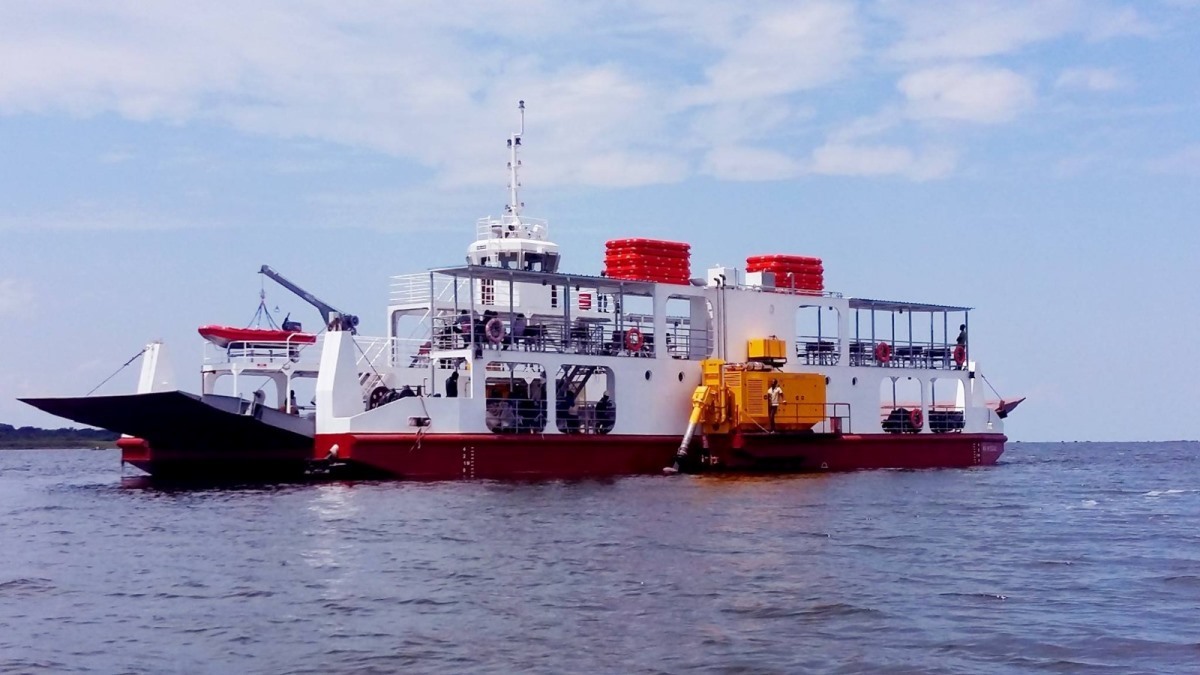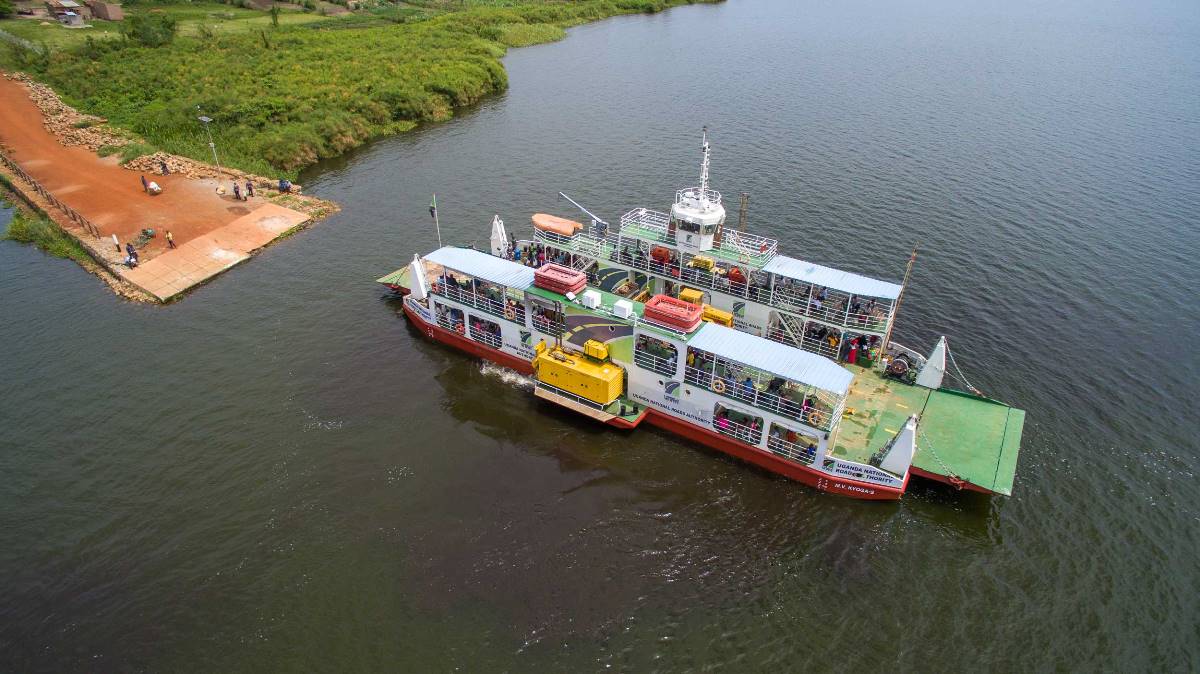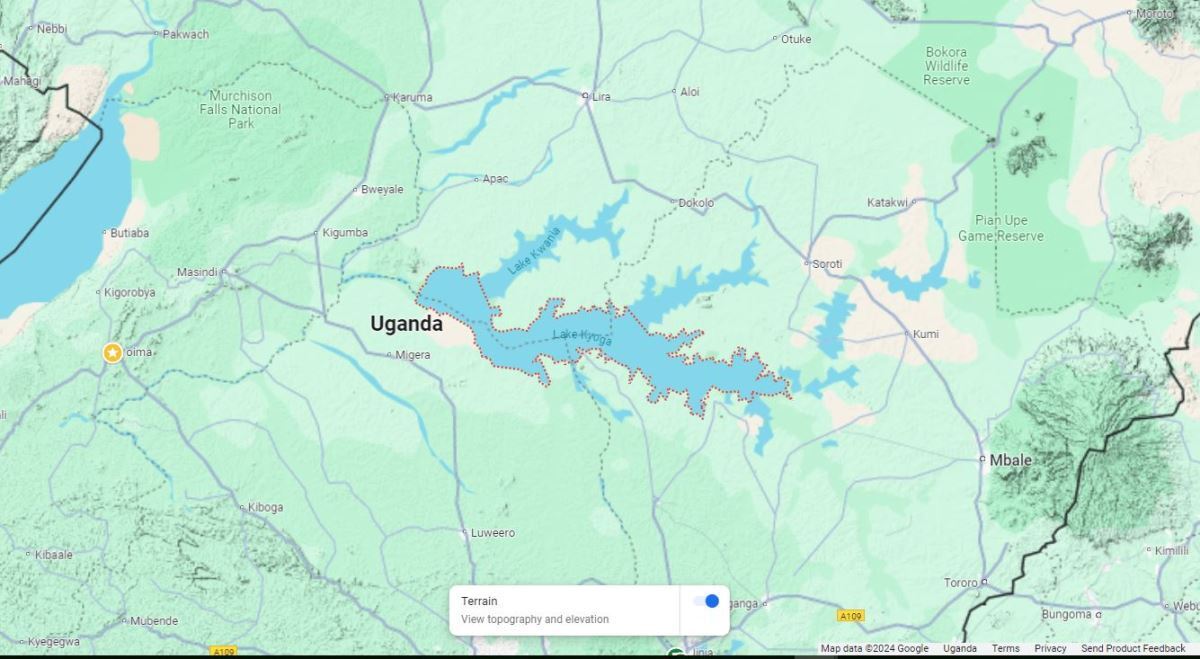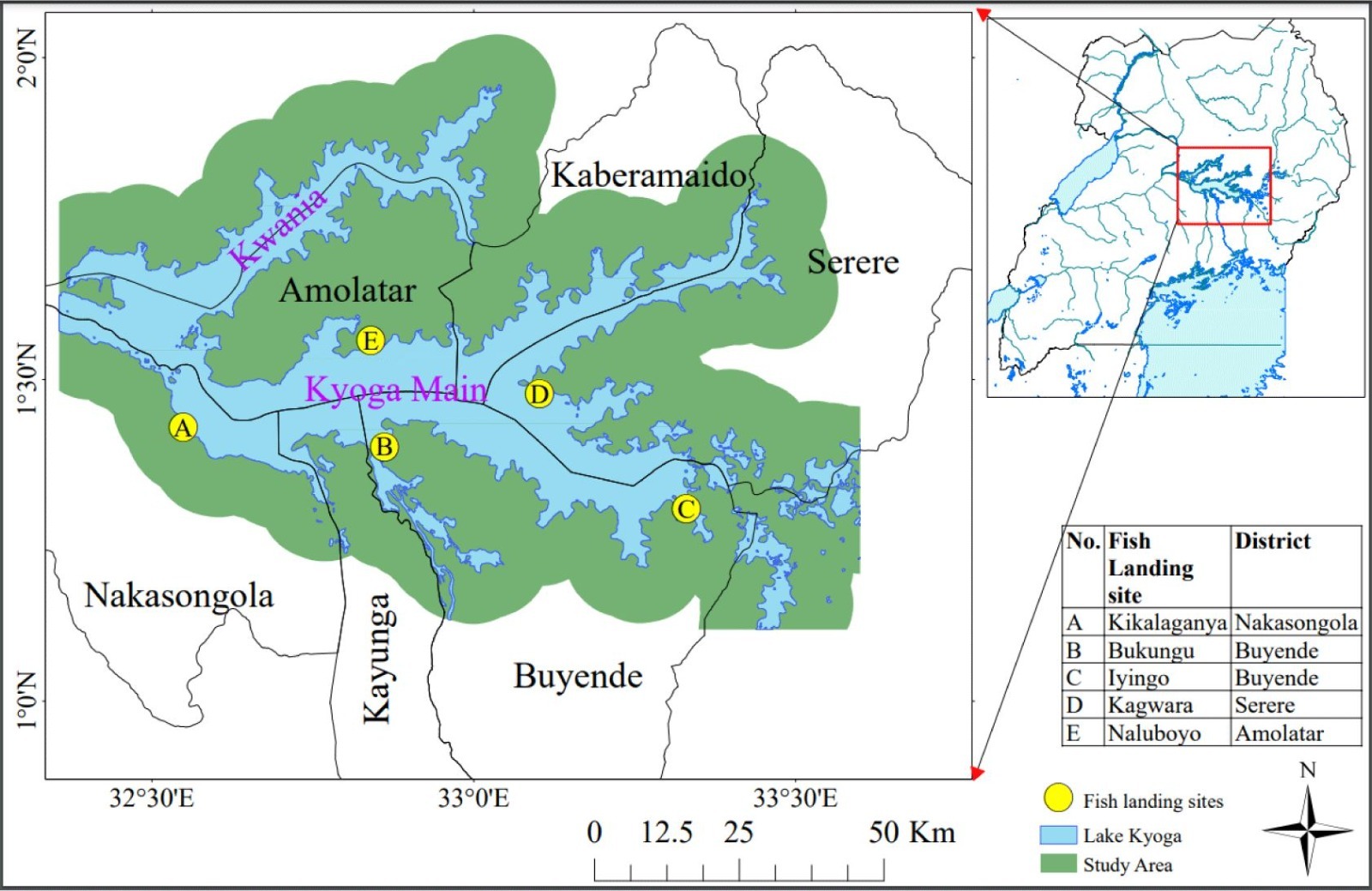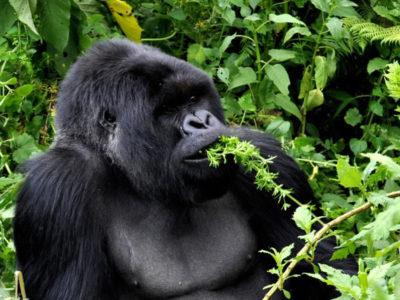Lake Kyoga Travel Guide | Lakes, Uganda
LAKE KYOGA TRAVEL GUIDE
LOCATION OF LAKE KYOGA, UGANDA
Lake Kyoga, also known as Lake Kioga, is located in Central Uganda. It lies at an elevation of about 1,033 meters (3,389 feet) above sea level and covers an area of approximately 1,720 square kilometers (660 square miles). The lake is part of the Victoria Nile system, with the Nile River flowing through it on its way from Lake Victoria to Lake Albert.
SOME HISTORY OF LAKE KYOGA, UGANDA
Lake Kyoga, located in Central Uganda, has a rich history intertwined with the region’s geography, ecology, and human activity.
Lake Kyoga or Lake Kioga (literally 'the place of bathing' in Runyoro language) is a large shallow lake in Uganda, about 1,720 km2 (660 sq mi) in area and at an elevation of 1,033 metres. The Victoria Nile flows through the lake on its way from Lake Victoria to Lake Albert. The main inflow from Lake Victoria is regulated by the Nalubaale Power Station in Jinja. Another source of water is the Mount Elgon region on the border between Uganda and Kenya. While Lake Kyoga is part of the African Great Lakes system, it is not itself considered a great lake.
The lake reaches a depth of about 5.7 metres, and most of it is less than 4 metres deep. Areas that are less than 3 metres deep are completely covered by water lilies, while much of the swampy shoreline is covered with papyrus and the invasive water hyacinth. The papyrus also forms floating islands that drift between a number of small permanent islands. Extensive wetlands fed by a complex system of streams and rivers surround the lakes.
GEOLOGICAL FORMATION OF LAKE KYOGA, UGANDA
Lake Kyoga is part of the Great African Rift Valley system. It was formed through tectonic activities that created a series of shallow depressions filled by the Victoria Nile as it flows from Lake Victoria to Lake Albert. The lake’s formation dates back thousands of years, contributing to its unique ecological characteristics.
ECOLOGICAL SIGNIFICANCE OF LAKE KYOGA, UGANDA
The lake is surrounded by extensive wetlands, which are crucial for biodiversity. These wetlands support a variety of flora and fauna, including several fish species, birds, and other wildlife. Historically, the lake and its surrounding areas have been vital for local communities, providing resources such as fish and water for agriculture.
HUMAN SETTLEMENT AND USE AROUND LAKE KYOGA, UGANDA
The regions around Lake Kyoga have been inhabited for centuries by various ethnic groups, including the Baganda, Banyoro, and Iteso. These communities have relied on the lake for fishing, transportation, and agriculture. Traditional fishing methods and practices have been passed down through generations, reflecting the cultural heritage of the people living around the lake.
COLONIAL AND POST-COLONIAL ERA OF LAKE KYOGA, UGANDA
During the colonial period, the British administration recognized the strategic importance of Lake Kyoga for transportation and resource management. Efforts were made to control the water levels and manage the fisheries. Post-independence, the Ugandan government has continued to focus on the lake’s management, balancing ecological preservation with the needs of local communities.
MODERN CHALLENGES AND CONSERVATION, UGANDA
In recent decades, Lake Kyoga has faced several challenges, including overfishing, pollution, and invasive species such as the water hyacinth. These issues have prompted conservation efforts aimed at preserving the lake’s ecological balance and ensuring sustainable use of its resources. Various initiatives, both governmental and non-governmental, are working towards protecting the lake and supporting the livelihoods of those who depend on it.
CULTURAL AND ECONOMIC IMPACT OF LAKE KYOGA, UGANDA
Lake Kyoga remains a central part of the cultural and economic life in central Uganda. It supports local economies through fishing and agriculture, and its wetlands play a crucial role in maintaining regional biodiversity. The lake also holds cultural significance, with many local traditions and practices linked to its waters.


